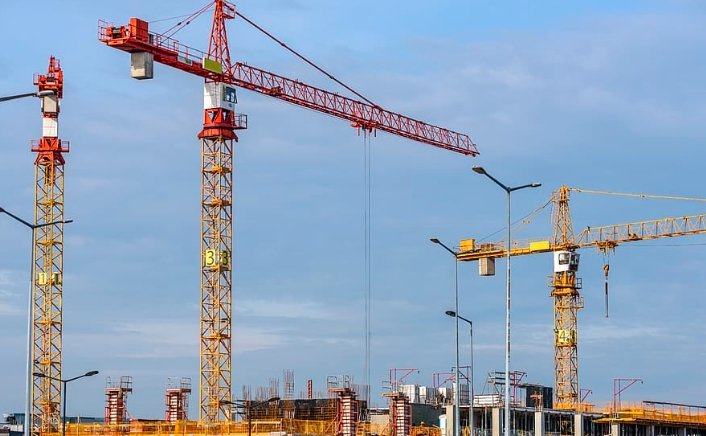Construction workloads in Scotland remained largely unchanged through the final quarter of 2024, but industry professionals are expressing optimism about the coming year, according to the latest Royal Institution of Chartered Surveyors (RICS) Construction Monitor.
Workloads Remain Flat Across Key Sectors
A net balance of -3% of Scottish survey respondents reported a fall in construction workloads. While infrastructure and private industrial projects saw marginal growth, private commercial workloads remained stagnant. The rest of the sub-sectors registered declines:
- Public housing: -22%
- Private housing: -4%
- Other public works: -15%
Despite these figures, sentiment is shifting. A net balance of 23% of Scottish surveyors expect workloads to rise over the next year, surpassing the UK average of 20%.

Profit Margins Show Signs of Recovery
For the first time since mid-2021, expectations for profit margins have entered positive territory, with 13% of Scottish respondents anticipating improved margins through 2025.
Labour Shortages Easing Slightly
Skill shortages continue to be a major concern, though some relief is emerging:
- Quantity surveyor shortages dropped to 49%, down from 57% in the previous survey.
- Shortages in other construction professionals declined from 48% to 38%.
- Bricklayer shortages fell to 35%, the lowest level since early 2021.
Industry Voices Weigh In
Andrew McLeman of McLeman QS Network Ltd in Edinburgh noted that while demand is steady, work volume remains moderate. Alan Thomson of McGowan Miller Construction Consultants in Dumfries observed that many projects remain in the budgeting stage but have yet to progress to design and construction. Meanwhile, Jonathan Howarth of Jon Howarth Chartered Surveyor in Portree highlighted ongoing issues with material deliveries and subcontractor accommodations in remote and tourist-heavy areas.
A National Perspective
RICS chief economist Simon Rubinsohn acknowledged the subdued overall tone of the latest monitor but pointed to the chancellor’s recent announcements as a potential catalyst for growth.
He emphasized the importance of addressing planning regime barriers and increasing capacity to meet the government’s ambitious construction goals. Labour shortages, he added, remain a significant challenge in ensuring long-term industry growth.


















